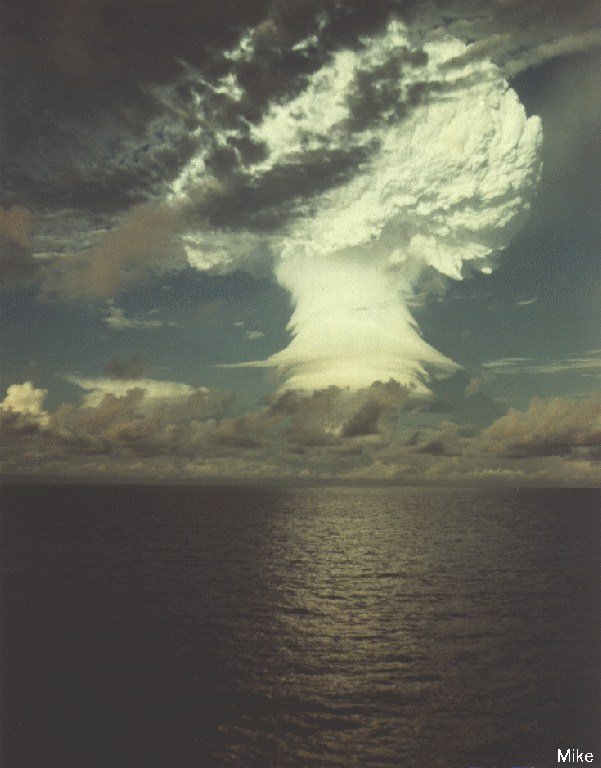

On average,Īll of the water evaporated from the surface must at some point condensate andįall back to the surface as precipitation. To the planet surface and removing water vapour from the atmosphere. The condensated water vapour will fall as precipitation, transporting water back From here the heat is able to radiate into space, thereby ensuring that the planet as such will not overheat. The picture covers an horizontal distance of about 40 kmĬondensation of water vapour and cloud formation is deposited in the middle and By convectionīoth heat and water vapour is removed from the surface and are transported up Vapour releases heat, which leads to warming of the atmosphere. EvaporationĬonsumes heat and leads to surface cooling. Systems forming by convection of air masses over the Pacific Ocean. Heat is released, causing warming and additional convection and cloud formation. Vapour will condensate to form small water droplets and clouds, whereby latent Evaporation of water removes heat from the planet surface, and Represent an important factor in the recycling of the important greenhouse gas water vapour from the planet surface to the atmosphere and back again to the The lower right part of the picture, which covers a distance of about 1000 km Northern Norway, Finland and part of Russia is seen snow covered in Seen near the southern tip of the tongue of sea ice in the upper central part of The upper part of the picture, where the cold and dry Arctic air masses for theįirst time come into contact with the warm sea water. The clouds are seen to originate shortly south of the sea ice limit in Here to jump back to the list of content.īarents Sea north of Norway produces linear cloud systems drifting south, Marchģ0, 2003. The ability of these different types of particles to formĬloud droplets varies according to their size and also their exact composition.

Particles may be composed of dust or clay, soot or black carbon from grassland or forestįires, sea salt from ocean wave spray, soot from fires, sulphate from volcanic activity, phytoplankton, or by nuclei formed byĬosmic radiation. When no CCNs are present, water vapour can be supercooled below 0 ☌ (32 ☏) before droplets spontaneously form (this isĪre many different types of atmospheric particulates that can act as CCN. Water requires a non-gaseous surface to make the transition from a vapour to a liquid.

On their thickness and the density of water droplets, clouds may thereforeĪppear grey or dark when seen from below.Ĭondensation nuclei or CCNs are small solid or liquid particles (typicallyĠ.0002 mm) about which cloud droplets coalesce. Intensity of the solar radiation decreases with depth into the cloud. Tend to scatter light efficiently, so that the Reflectance (70% to 95%) throughout the visible range of wavelengths: they thusĪppear white when seen from above. Clouds form when the dewpoint of water is reached in the presence of condensation When surrounded by billions of other droplets or crystals they become visible as clouds. Vapour (see diagram below), which forms small droplets or ice crystals, typically 0.01 mm inĭiameter. On Earth the condensing substance is typically water The linear high cloud are contrails from airplanes passing over UK.Ĭloud cover versus global surface air temperatureĬover change observed for different cloud typesĪ cloud is a visible mass of condensed droplets or frozen crystals floating in theĪbove the surface of the Earth or another planetary body. Western Scotland, looking south from Ben Challum (1025 m asl.) February 15, 2008.


 0 kommentar(er)
0 kommentar(er)
